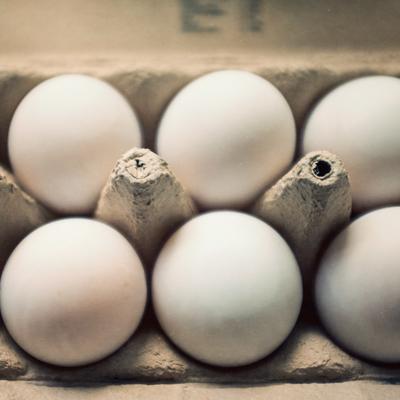
In today's information age, when news of a food recall travels fast, consumers are more conscious than ever before about the importance of food safety. Fortunately, providing safe food is the top priority for those in food production. But it's not always obvious to know how that focus translates into how foods like eggs are actually produced.
To help support consumers in making informed food choices regarding safe food, the Coalition for Sustainable Egg Supply (CSES) is leading a research project to understand how producing eggs in various hen housing systems impacts sustainability, including food safety.
The three housing systems being studied are known as a conventional cage system, which accounts for approximately 95 percent of eggs produced in the U.S.; an enriched colony cage system, which provides more space and activities for the hens than conventional; and a cage-free aviary system, which allows hens to roam through defined sectors of their barn exhibiting more natural behaviors.
Each housing system has different potential impacts on crucial aspects of egg production, such as animal welfare, the environment, and economics, which are also being studied. Initial findings from the CSES research, which will be published in their entirety in 2015, show that food safety is not impacted by the housing system those eggs are produced in, with each of them producing eggs that are safe to consume.
Regardless of how the eggs you purchase are produced, it's important to always use safe food handling practices at home. Be sure to:
For more information about food safety and sustainable egg production, visit www.sustainableeggcoalition.org.
Photo courtesy of Getty Images